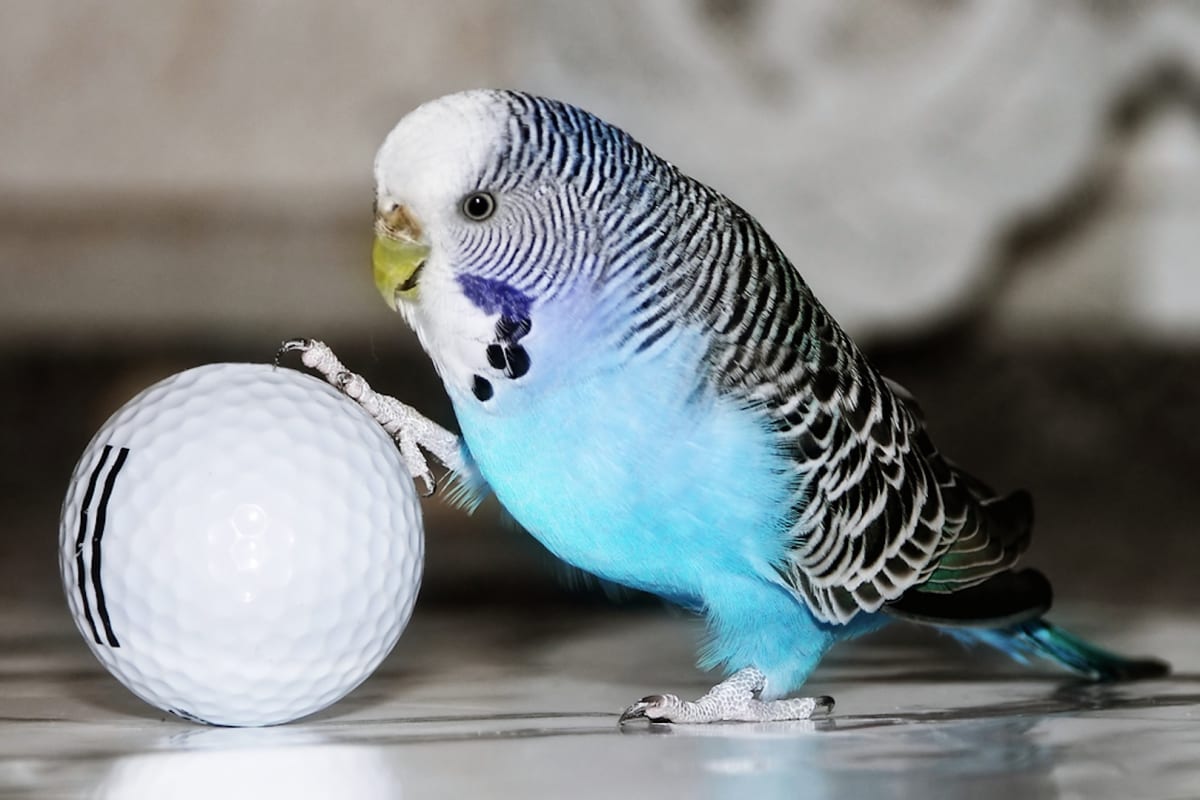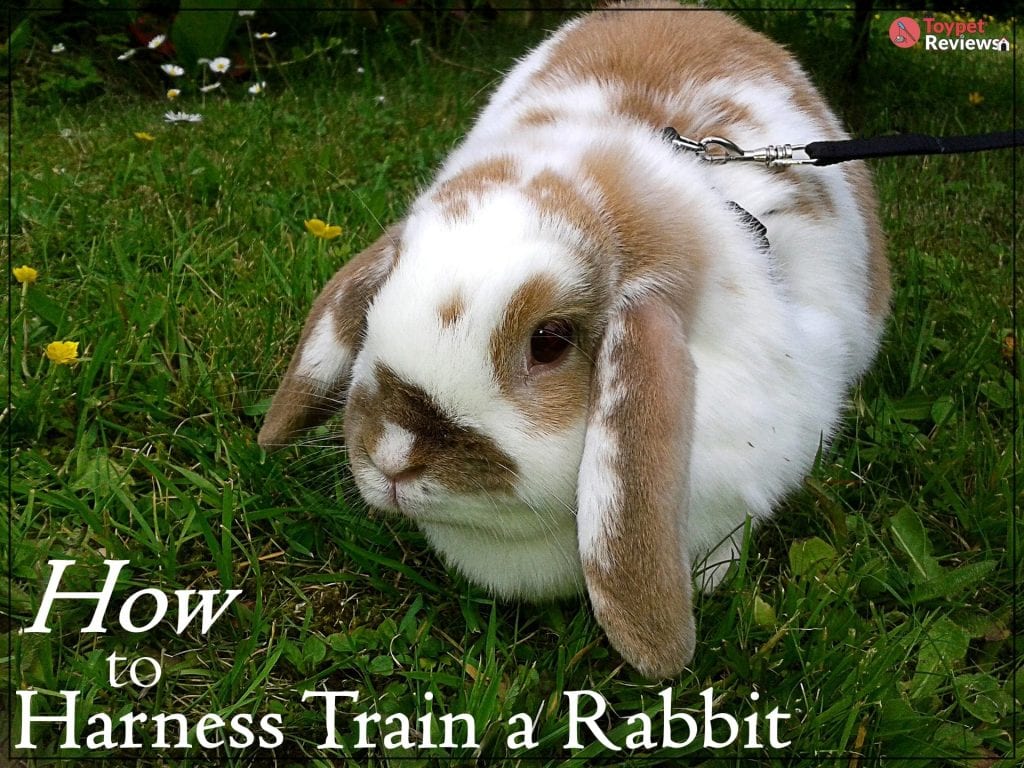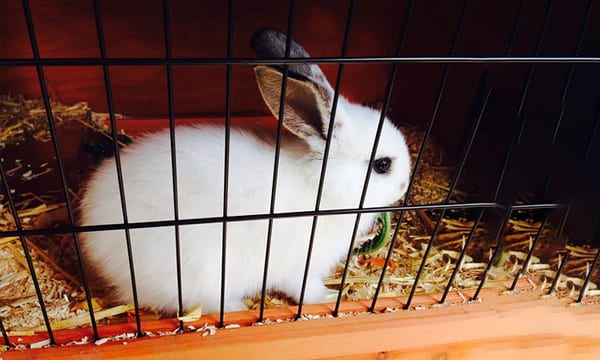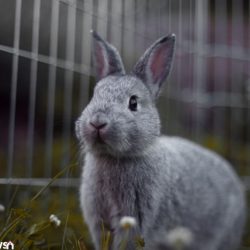It Depends…
While it’s pretty obvious dogs and cats have very different bodies and have different needs, aren’t cats and dogs both furry carnivorous mammals?
Why do they need different foods? Can’t cats eat dog food? Can’t dogs eat cat food?
It would make life a lot easier if you could just grab one big bag of pet food for both the dogs and cats, right?
Wrong!
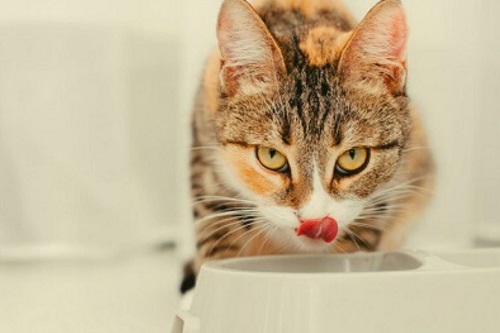
The 4 Essential Nutrients
The answer to the question is slightly more complicated than just a firm NO. There are actually some super-premium pet foods available for sale that are marketed for both cats and dogs-yes, the same product is sold as nutritionally complete for both cats and dogs.
However, the vast majority of commercial dog foods do not contain sufficient amounts of these four important nutrients that cats need:
🐈 Protein
🐈 Taurine
🐈 Vitamin A
🐈 Arachidonic acid
Let’s break down these four important elements to better understand the matter.
1. Protein
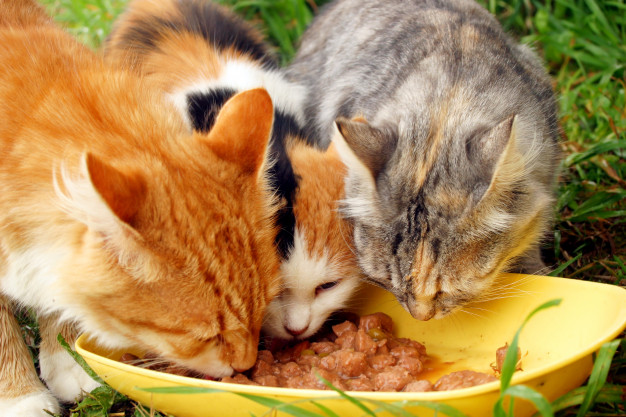 Both dogs and cats require protein in their diets. However, while dogs have been evolving for thousands of years from a carnivore phenotype towards a scavenger/omnivore phenotype, cats are still obligate carnivores, meaning their bodies are designed to eat dead animals and nothing but dead animals.
Both dogs and cats require protein in their diets. However, while dogs have been evolving for thousands of years from a carnivore phenotype towards a scavenger/omnivore phenotype, cats are still obligate carnivores, meaning their bodies are designed to eat dead animals and nothing but dead animals.
Dogs can survive and thrive on a diet of nothing but dead animals, but they are far more flexible than cats when it comes to food; dogs can survive on diets composed primarily of grains or plant material, whereas your cat cannot.
An adult dog can survive on a diet that is only 18% protein (expressed in terms of what you would see on the label of a bag of kibble), although numerous studies have shown a diet that is around 30% protein is optimal for dogs.
Cats, however, will waste away and die if fed a diet with less than 27% protein, although most experts think 40% or even 50% protein is optimal for a cat.
Thus, for most dog foods, the answer to “can cats eat dog food” is a resounding NO.
Is There Such a Thing as Too Much Protein?
As long as the diet is supplying all of the other necessary nutrients, there is no such thing as “too much protein” when it comes to dogs and cats.
Many people still cling to the myth that high-protein diets might damage the kidneys, but this is completely untrue.
In cats, kidney disease seems to be mostly caused by feeding dry, high-carbohydrate diets, while in dogs, infections and exposure to toxins seem to be the major causes of kidney disease.
It is true that AFTER a dog or cat develops severe kidney disease, it may be wise to feed a lower-protein diet, but dietary protein does not CAUSE kidney disease.
2. Taurine
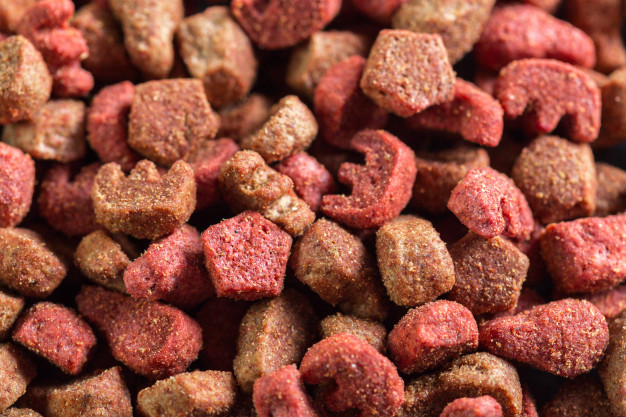 Taurine is a chemical that is widely present in animal tissues but is not found in grains or plant food sources. It has many roles in the body, but when talking about pet food, the most important role is its function in the heart.
Taurine is a chemical that is widely present in animal tissues but is not found in grains or plant food sources. It has many roles in the body, but when talking about pet food, the most important role is its function in the heart.
Cats and dogs who become taurine-deficient will develop congestive heart failure and die.
Cats have a very limited ability to synthesize taurine in their bodies and thus must consume it in the diet.
Since taurine tends to be destroyed when exposed to heat, even if a pet food contains a lot of meat by the time that meat gets turned into kibble most of the taurine has been destroyed.
Many food researchers agree that cat food manufacturers should add taurine back into their foods. Dogs have a greater capability of synthesizing taurine than cats, so dog food manufacturers should not be worried about adding taurine to the food that much.
Some do add taurine to dog food, but some don’t.
3. Vitamin A
Humans and dogs can convert precursor forms of vitamin A, such as beta carotene, into vitamin A. Cats cannot; they must consume the actual vitamin A in their diet.
Cat food manufacturers supplement cat foods with vitamin A, but only some dog food manufacturers do the same.
4. Arachidonic Acid
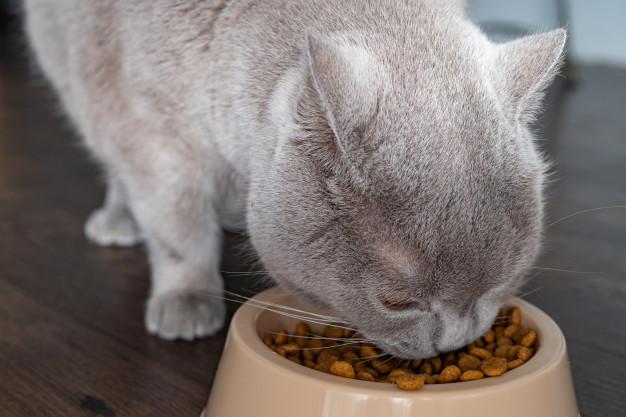 Arachidonic acid is a fatty acid that is a major component of the cell membranes, muscles, and brain. Dogs can synthesize arachidonic acid from other fatty acids that they ingest, but cats cannot and must ingest arachidonic acid.
Arachidonic acid is a fatty acid that is a major component of the cell membranes, muscles, and brain. Dogs can synthesize arachidonic acid from other fatty acids that they ingest, but cats cannot and must ingest arachidonic acid.
Arachidonic acid is not present in plant food sources and cat foods based on grain and plant sources must be supplemented with arachidonic acid. As far as we are aware, no dog food manufacturer bothers to supplement dog foods with arachidonic acid.
However, a high protein meat-based dog food should have sufficient arachidonic acid in it to support a cat.
The bottom line is that no, cats cannot eat most dog foods because most dog foods are lacking in important nutrients.
However, as previously mentioned, there are some meat-based high-protein pet foods that are marketed for both dogs and cats.
These foods have been supplemented with taurine and vitamin A so they can support cats.
Conclusion
In general, unless the product specifically says it is balanced and complete for cats, do not feed it to your cat.
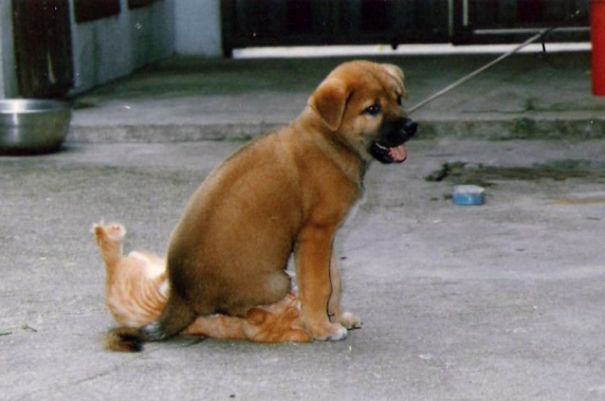
‘Pupper, get off me!!!’ (Pic snagged from the family photo album)
Dogs, however, can thrive on cat food, so if you think it would dramatically simplify your life to just buy one bag of pet food to feed your furry critters, buy cat food.
Recommended Read: How to Keep Cats from Scratching Furniture: Guide + FAQ

The TPR Team invites you to read informative pieces and specialized opinions from experts in all things dogs, cats, birds, fish, hamsters, rabbits, and all things pet, in general.

